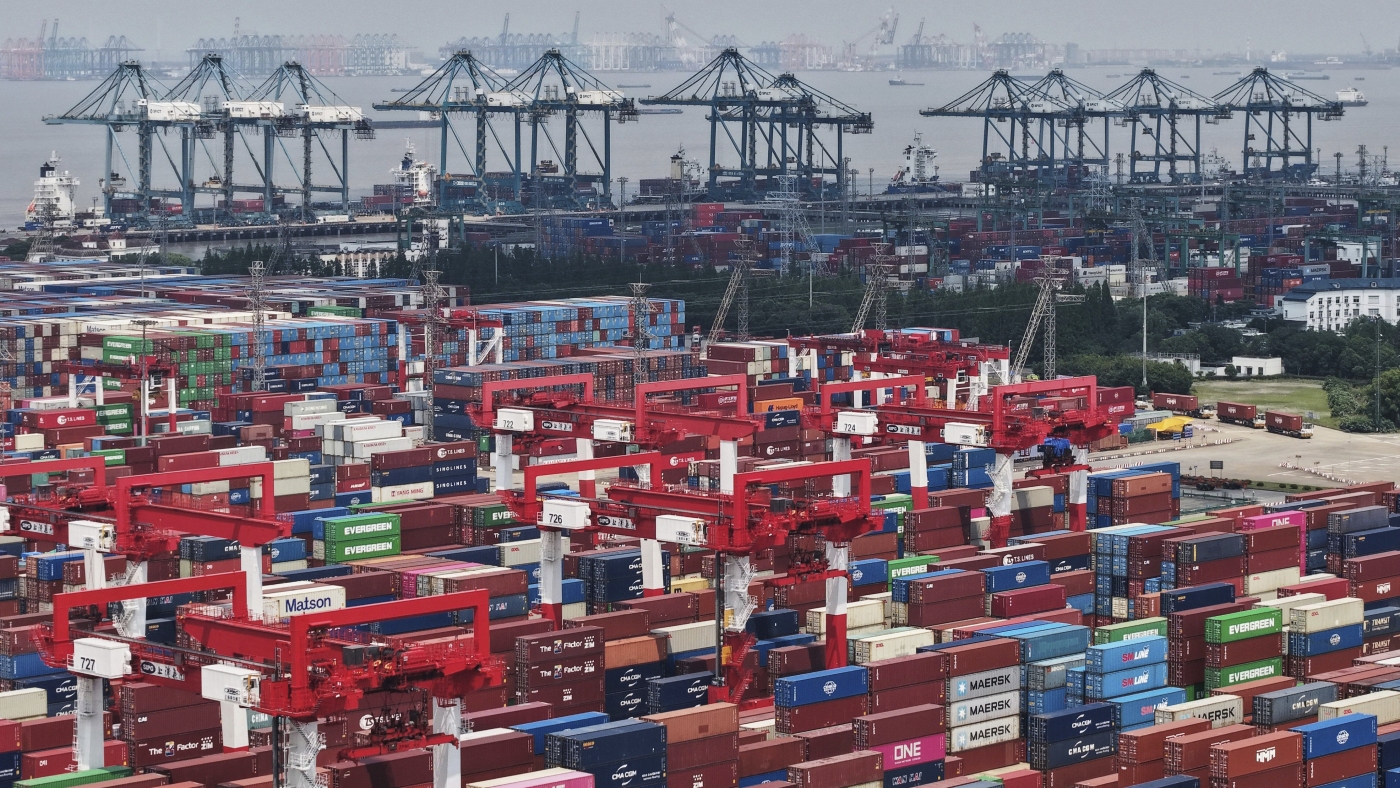The announcement by former President Donald Trump regarding a newly signed trade deal between the United States and China marks an important development in the long-standing and complex economic relationship between the two global powers. While the statements offer limited details on the specific terms, the implications of this deal, combined with the broader context of US-China trade relations and its potential ripple effects, demand careful examination.
Over the past decade, trade relations between the US and China have been characterized by intense scrutiny, negotiation, and conflict. The Trump administration had previously adopted a confrontational approach, imposing tariffs on hundreds of billions of dollars worth of goods to address perceived unfair trade practices, intellectual property concerns, and trade imbalances. China responded with retaliatory tariffs, escalating into a trade war that disrupted global supply chains and affected a wide range of industries. Negotiations during this time often led to partial agreements or temporary truces, with talks held in various international settings, including Geneva and London. However, uncertainty remained about the long-term trajectory of bilateral trade policies.
President Trump announced that the US and China officially signed a trade agreement recently, reportedly finalized earlier in the week of the announcement. Commerce Secretary Howard Lutnick confirmed that the deal was “signed and sealed” two days prior to the announcement. However, Trump refrained from providing detailed specifics regarding the deal’s provisions. The limited information available indicates the agreement addresses certain pressing trade issues and is expected to expedite and facilitate rare earth mineral exports from China to the US. Rare earths are critical for numerous high-tech applications, including electronics, defense systems, and renewable energy technologies. The US’s dependence on China for rare earth elements has been a strategic concern, and easing export restrictions or streamlining trade in this area could have significant industrial and geopolitical impacts. Beyond rare earths, it is possible that the agreement contains components aimed at reducing tariffs or providing clearer frameworks for trade. Still, official statements have been intentionally vague, likely to allow for further negotiations or for details to be disclosed at a more opportune time.
The signing of a formal deal, regardless of a lack of detailed public disclosure, aims at instilling greater stability and confidence in the bilateral trade environment. It potentially prevents an escalation of tariffs or retaliatory measures that could disrupt global markets further. Traders, manufacturers, and investors closely monitor US-China trade developments, as the relationship impacts everything from commodity prices to supply chain decisions. If the deal indeed facilitates smoother access to rare earth minerals, it could mitigate critical supply shortages for the US tech and defense sectors. Given the strategic importance of rare earths, this aspect alone could represent a meaningful advance in US economic security.
This trade agreement also signals an effort to de-escalate tensions and pursue a more collaborative approach, at least temporarily. President Trump indicated expectations of reaching a trade deal with India soon as well, suggesting a broader strategy of rebalancing US trade relations in Asia. For China, the agreement might alleviate some pressures from economic sanctions and tariffs that have challenged its export-driven economy. Nevertheless, the term “deal” should be viewed with some caution, especially given past episodes where negotiations yielded frameworks or understandings rather than fully actionable agreements. The opacity surrounding the terms means both parties might still be working through contentious issues behind closed doors.
Media commentary has noted that earlier truces involved reducing some tariff rates—such as lowering US tariffs on certain Chinese goods from steep rates to more moderate ones. Export controls, particularly targeting sensitive technologies, have been another dimension of the US-China trade conflict. Whether this new agreement adjusts these measures remains to be seen. A substantive rollback or refinement of tariffs and export controls could considerably affect trade balances and the cost structures of numerous industries.
The US-China trade relationship is not isolated; it reverberates throughout the global economy. Supply chains integrating parts and materials from multiple countries face disruptions or cost pressures arising from tariffs and trade restrictions. Thus, any effort that reduces uncertainty tends to benefit multinational corporations and global commerce. The mention of a pending deal with India hints at the US’s strategic interest in diversifying trade partnerships and counterbalancing China’s economic influence in Asia. A successful trilateral progress—China, India, and the US—would reshape economic dynamics in the region and potentially stimulate new investment and collaboration frameworks. Yet, underlying structural issues in US-China trade such as intellectual property protections, market access, and state subsidies remain challenging and unlikely to be resolved in a single agreement. Future negotiations are expected to tackle these complexities, with an eye toward sustainable and reciprocal trade practices.
While the announcement of a signed trade deal between the United States and China is a noteworthy milestone, the lack of disclosed details tempers the ability to fully assess its significance. The potential acceleration of rare earth mineral exports is a strategically important element, addressing a critical supply chain vulnerability for the US. This development can be interpreted as a positive signal for stabilizing tense trade relations and preventing further economic disruptions. However, the broader impact will depend heavily on the concrete terms, implementation fidelity, and the willingness of both sides to engage in ongoing dialogue. As the global community watches closely, this trade agreement underscores the delicate balance between cooperation and competition that defines US-China relations today. It provides a foundation that could either lead to deeper engagement and mutual economic benefit or serve as a temporary pause in a still contested and evolving trade landscape.

